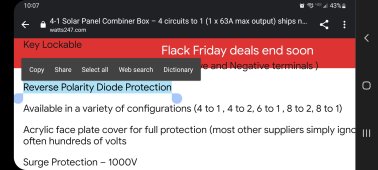Just as panels typically have the bypass diodes pre-installed, typically the SCC typically has the blocking diodes built in, it should say on its datasheet or manual.
This is true, but those serve a different purpose - to prevent power from flowing from your battery back to the panels. If you add multiple parallel strings to the same charge controller, the charge controller blocking diodes will prevent power from the battery from flowing back to the panels, but not from power flowing between the parallel strings of panels.




